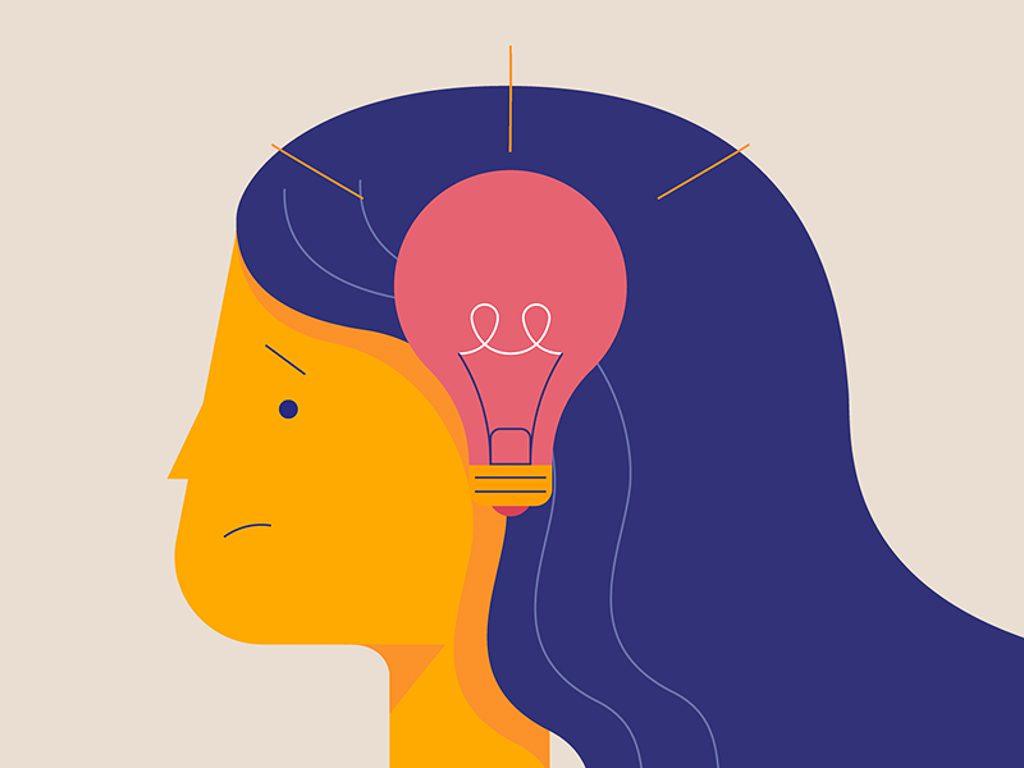Self-esteem describes how people value themselves. Low self-esteem is when someone has low self-worth, puts themselves down, and values themselves very low.
Children and teenagers with low self-esteem don’t think they are worth much; they are quick to accept the put-downs by their peers, friends, strangers, and even family members. They feel insecure and insignificant, that they are not good enough, and that they are worthless!
Low self-esteem often begins in childhood. It begins with little kids being rejected, bullied or subjected to a harsh and critical parenting style or upbringing by their parents, caregivers, teachers, relatives or family members, siblings, friends, etc. They’ve been subdued and have so much fear put into them that they don’t believe in themselves anymore; they believe that nothing they do is good enough, and why even bother to try?
How to know someone with low self-esteem
- They always want to be alone. They feel uncomfortable being around others and always come up with excuses for why they wouldn’t be available for social activities because they fear that they may meet people who will make them feel even less about themselves; everybody seems to be better than them.
- They run from taking the lead and making decisions because they don’t want to make mistakes and be mocked. They always retreat to the back, which seems to be where they belong.
- They try to avoid group activities and competitions because they feel that they aren’t or wouldn’t be good enough and would definitely lose and be ridiculed all the more.
- They also fear success because they feel that they don’t deserve the praise and attention that may come with it.
- They don’t really believe that they are appreciated or loved and that others truly value them or their time with them.
- They always put themselves down and say negative words like, “I suck.” “I am a loser.” “I am ugly.” “I am a failure.” Etc.
- They always see themselves as victims and mostly blame others and circumstances for their mistakes or problems.
- Their egos are easily bruised. They keep things in mind and don’t easily move on. They continuously relieve an embarrassing moment or bad treatment in their mind, which only serves to deepen their low self-esteem.
I hope these tips helped.
In conclusion, it is impossible to overestimate the negative effects of poor self-esteem on kids and teens because it can influence their attitudes and actions far into adulthood. Individuals suffering with low self-esteem generally have a deeply ingrained belief that they are inadequate and inferior, which often stems from early experiences that were defined by rejection, bullying, or critical parenting. Identifying a person with low self-esteem entails noticing their propensity to withdraw, decline leadership positions, avoid social situations, and carry a fear of failing and succeeding. Their constant sense of victimization and self-deprecating attitude serve to emphasize how widespread this problem is. A supportive atmosphere that encourages self-acceptance, resilience, and the conviction in one’s intrinsic worth is necessary for overcoming low self-esteem.

For children to learn more about how to overcome low self-esteem and build their confidence, you can read my children’s book titled ‘My Very Big Head’
A story that teaches about self-love, self-esteem, and acceptance.
Handsome Cletus had the biggest head in his class. His classmates, and especially a class bully named Toby, taunted him, and that made him really sad. His big head almost succeeded in affecting his self-esteem negatively, but for the timely intervention of his observant mother. She taught him to love, accept, and appreciate himself just the way he was and to look beyond his physical attributes. At the end, the whole class learned that, indeed, in life, our physical appearance matters the least; what matters most is who we are inside.
Tweens and teenagers can also read my novel titled ‘Colours of the Rainbow’, a story about Ada, a young and decent girl who was inundated with challenges. Like most young people, she wasn’t prepared for the degree of obstacles and suffering with which she was faced.
The distressful loss of her father in an accident was closely accompanied by the dreadful claws of a wicked “Lagos aunt,” who would stop at nothing to make her life miserable. Furthermore, her engagement with the formidable clique in her school on the battlefield of economic status drilled holes in her already worn armour.
This captivating book teaches the irrefutable fact that success has no respect for ethnographic boundaries, economic class, religious stratification, sexual dichotomy or enduring ancestry, and it encourages everyone to face all challenges, aspire for greatness, and press on till their life goals are realized.


